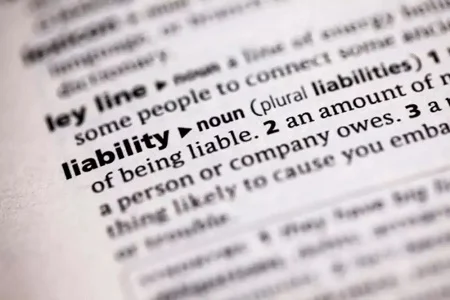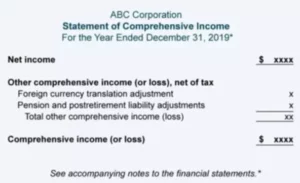Liabilities Definition
Virtually every business deals with liabilities, or items that it owes or has borrowed. According to the exhaustive definition, liabilities represent probable future sacrifices of economic benefits arising from present obligations of a particular entity to transfer assets or provide services to other entities in the future as a result of past transactions or events. However, a much more intuitive way of describing liabilities is that they represent debt. Companies often seek out third-party funding to acquire resources and bankroll operations. The creditor may retain the right to either confiscate the borrowing business’s assets or make the borrower sell them to repay any outstanding debt.
Liability accounts are recorded on the right side of the borrower company’s balance sheet to represent the creditor’s claim to the borrower’s capital if debts are not paid. These debts are settled over time through the transfer of economic benefits in the form of money, goods, or services. The total of liabilities must equal the total amount of assets and total equity, according to the accounting equation.
Assets = Liabilities + Equity

Common Types of Liabilities
There are two main types of liabilities, current and non-current. The first type of liability is a current liability, which is expected to be paid within one year or the operating cycle, whichever is longer. For this reason, they are better known as short-term liabilities. A non-current liability, in contrast, which covers a longer period of time. The borrower has more than twelve months to settle their debt. These debts are also known as fixed or long-term liabilities. These two categories consist of different types of liability accounts, which are outlined below.
Current Liabilities
- Overdraft – when a business effectively borrows from a bank by overdrawing its account, withdrawing more than the account’s value, and must repay the difference back to the bank. There is interest on the loan, and there is typically a fee per overdraft.
- Accounts Payable – when a business buys inputs or products on an account, which they need to pay back;
- Taxes Payable – for collection of sales taxes and employee deductions;
- Salaries Payable – any salaries the company owes to its workers and has not paid yet;
- Accrued Expenses – when a business or organization accounts for expenses that it will pay off at future dates;
- Customer Prepayments – money paid by customers, to whom the business owe services or products in return;
- Interest Payable – any interest on loans that has accrued to date but has not been paid as of the date on the balance sheet
- Current Portion of Long-Term Debt – a portion of debt with an overall maturity of more than a year; portion due within 12 months.
- Deferred/Unearned Revenue – a company sells goods or services to a customer who provides payment, but doesn’t receive the promised goods or services. The customer is still owed those goods and services.
Fixed Liabilities
- Mortgage – a loan taken to finance new property or expand existing business premises;
- Equipment/Car Loan – these items usually cost a significant amount of money and the repayment is made over several years;
- Notes Payable – debt or equity securities held by the company;
- Deferred Tax Liabilities – when an income for an accounting period differs from the taxable amount on the tax return;
- Pension Obligations – money that has to be accounted for in order to make future pension payments;
Other Long-Term Debt – borrowings with a maturity exceeding 12 months for full repayment.
In addition to the types of liabilities outlined above, there is a third, less common type called a contingent liability. These debts depend on the outcome of future events, or contingencies. A contingent liability can be recognized if both of the following conditions are met:
- The outcome is probable
- The cost can be reasonably estimated
While their name suggests something negative, liabilities are actually important parts of managing an enterprise. They are key to organizing successful operations and creating value. For example, companies frequently borrow money to fund operations, pay for large expansions, and streamline transactions with other businesses. These debts become problems when they are poorly managed, which can result in financial decline, solvency issues, and in the worst cases, bankruptcy. To avoid these problems, business owners should become familiar with the types of liabilities and how they are evaluated during the accounting cycle.
Every business owner would benefit from becoming familiar with liability accounts, financial statements, and other important topics that affect their bottom line. It’s a lot to take in. Fortunately, you can skip the tedious work of doing your books yourself by hiring an accountant to do them for you. An experienced bookkeeper can fulfill all of your business’s accounting needs while avoiding costly mistakes and saving you precious time. Contact BooksTime to find out more about how professional accounting services can help take your business to the next level.

















